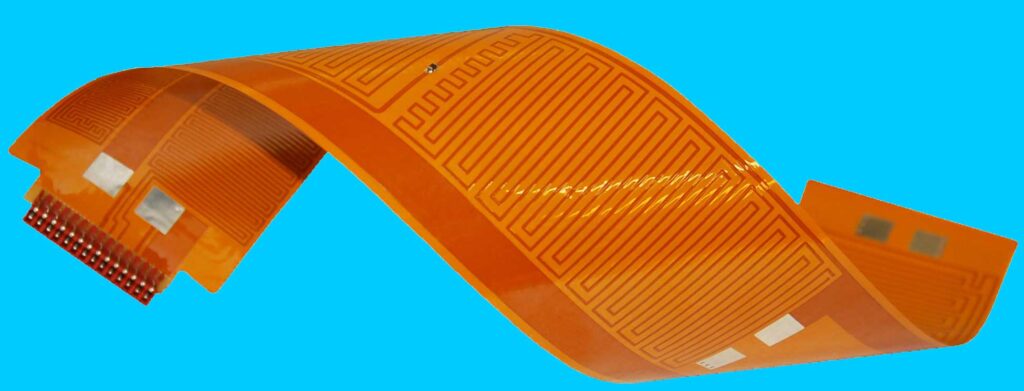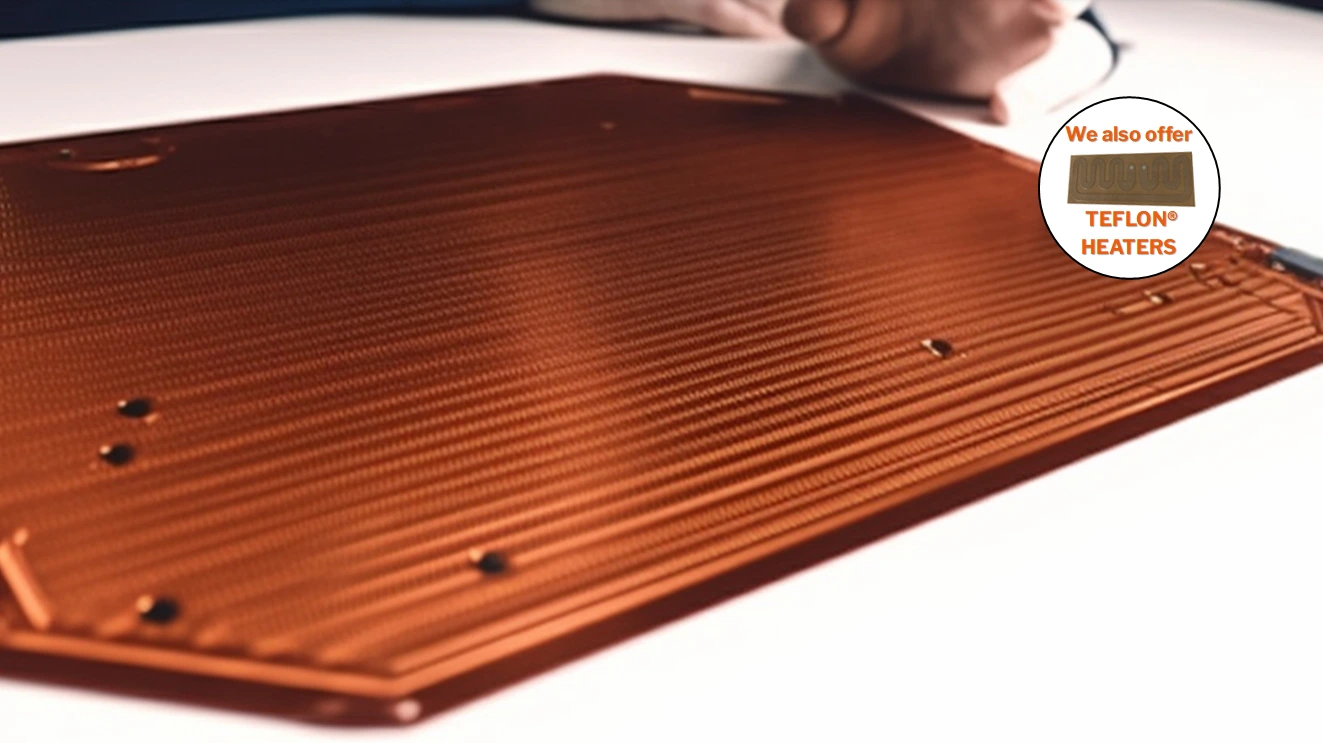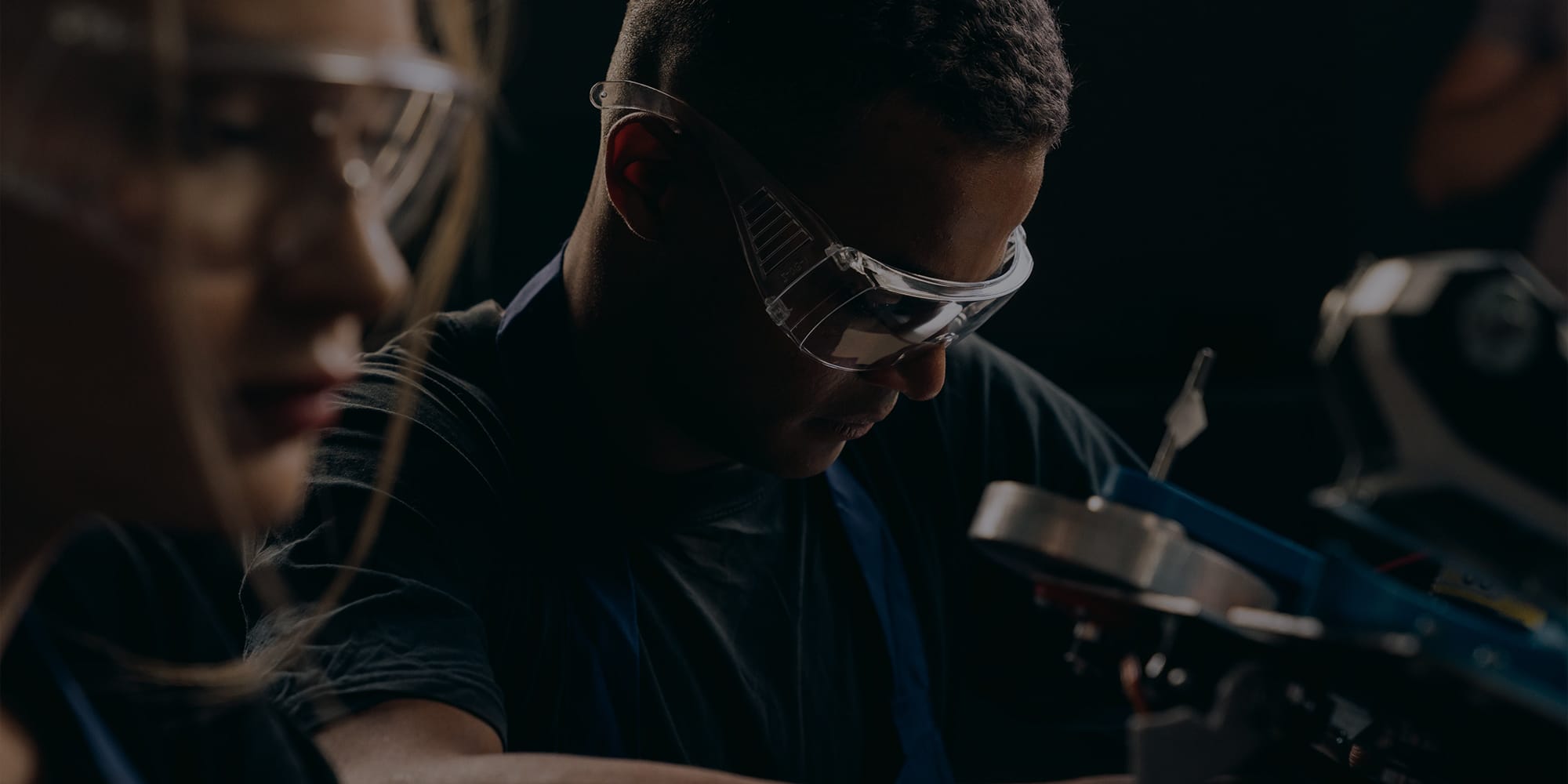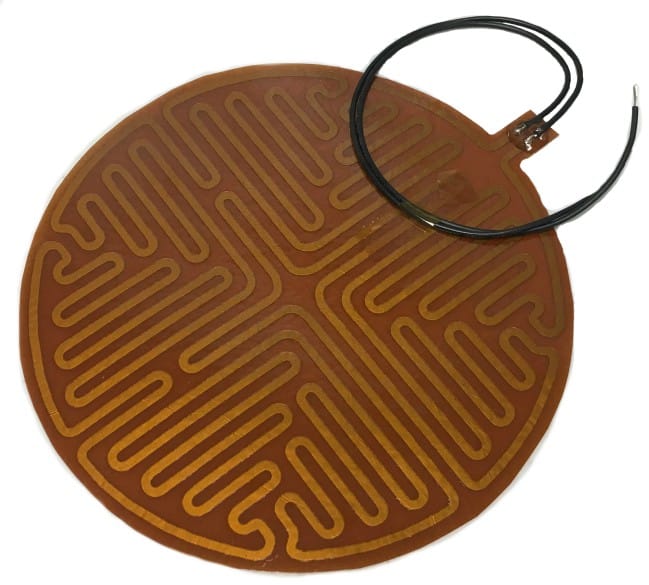In today’s fast-paced world, we’re constantly looking for innovative ways to optimize our technology and make it more efficient. One such innovation that has transformed various industries is the Kapton heater – a thin, flexible heating element with impressive thermal properties.
If you’ve ever wondered how these heaters work or wanted to delve into their applications in aerospace, medical, automotive, and electronics sectors, then you’re in luck! This article will provide an insightful look at the inner workings of Kapton heaters and shed light on why they have become so popular.
At first glance, one might wonder what sets Kapton heaters apart from other types of heaters available in the market. The secret lies within its very structure – a unique fusion of polyimide film and conductive materials which grants this compact device exceptional durability and versatility.
In this article, we’ll explore the science behind Kapton heaters by discussing their design elements and operational principles. So buckle up as we embark on a fascinating journey through the inner workings of these advanced devices – who knows? You may just find yourself inspired by the potential applications for your own projects!
The Composition Of Polyimide Film

Photo: Chromolax
Polyimide durability and film flexibility are two essential characteristics that make Kapton heaters an innovative solution for a wide range of applications. At the core of these heaters is polyimide, a high-performance polymer with remarkable thermal stability, mechanical strength, and electrical insulation properties. This unique combination enables it to withstand extreme temperatures, making it suitable for use in various industries such as aerospace, electronics, automotive, and medical devices.
One key advantage of using polyimide films in heater manufacturing is their inherent thinness and lightweight nature. The film’s flexibility allows it to be easily integrated into complex geometries or tight spaces without compromising its performance attributes.
Moreover, due to its low outgassing properties under vacuum environments or elevated temperature conditions, polyimide-based heaters ensure minimal contamination risk – a highly sought-after feature in precision-driven industries like semiconductor fabrication.
Beyond their excellent physical properties, polyimide films also boast impressive chemical resistance against most solvents and corrosive agents found in industrial settings. Consequently, this resilience extends the functional life span of Kapton heaters even when exposed to harsh environmental factors—making them an ideal choice for engineers constantly pursuing advanced solutions for heat management challenges.
By leveraging polyimide’s innate qualities alongside creative design approaches, Kapton heaters have proven themselves indispensable tools for driving innovation across multiple sectors.
Conductive Materials And Heating Elements
Now that we have delved into the composition of polyimide film, let us explore how conductive materials and heating elements play a crucial role in the functionality of Kapton heaters. These essential components combine with the unique properties of polyimide films to create an innovative solution for a wide range of applications.
Conductive polymers are key ingredients in creating efficient and responsive heating elements within Kapton heaters. The conductive material is embedded between two layers of polyimide film, forming a thin yet durable heater assembly. Resistance control is critical when designing these heaters as it determines their overall performance – higher resistance generates more heat output, while lower resistance allows for better temperature regulation.
By carefully controlling the placement and thickness of conductive polymers, manufacturers can tailor Kapton heaters to meet specific requirements such as power density, voltage rating, size constraints or even complex geometric shapes.
As we’ve seen, combining the remarkable attributes of polyimide film with advanced conductive materials provides a cutting-edge approach to modern heating solutions. This synergy enables Kapton heaters to be lightweight, versatile, and highly reliable across various industries like aerospace, electronics, medical equipment manufacturing and beyond.
With ongoing research and development efforts focused on pushing the boundaries further in this field, there’s no doubt that innovative minds will continue to uncover new possibilities using these exceptional materials.
Design And Manufacturing Process

Photo: National Plastic Heater
The design of Kapton heaters revolves around the inherent properties of polyimide, a material that boasts excellent flexibility and temperature resistance. This makes it an ideal choice for applications requiring thin, lightweight heating solutions with precise heat distribution. In addition to its physical attributes, polyimide’s electrical insulation capabilities further enhance the safety and reliability of these heaters.
Designers often incorporate etched foil or wire-wound elements embedded within layers of polyimide film to create custom heater shapes tailored to specific applications.
Manufacturing innovations have played a significant role in refining the production process of Kapton heaters. The advanced techniques employed today ensure consistent quality while maintaining the unique characteristics associated with polyimide materials. For instance, laser cutting technology is frequently used to achieve intricate patterns and designs without compromising the structural integrity or performance of the heater. Similarly, state-of-the-art bonding methods facilitate seamless integration between various components such as sensors, thermostats, and wiring harnesses.
The versatility offered by Kapton heaters opens up new possibilities across numerous industries seeking innovative thermal management solutions. From aerospace to medical devices, electronics packaging to automotive systems – engineers continue to discover novel applications for these high-performance heaters due in part to their exceptional adaptability and resilience under extreme conditions.
As technological advancements push boundaries even further, it will be exciting to witness how future iterations of Kapton heaters contribute towards shaping our world into one fueled by inspired innovation.
Thermal Properties And Efficiency

Photo: TapeCase
Kapton heaters are renowned for their exceptional thermal properties, making them an ideal choice for various applications requiring precise temperature control. The unique construction of these heaters allows for a uniform distribution of heat across the entire surface area, ensuring consistent warmth in the targeted space. This even heating profile is crucial as it prevents hotspots and reduces the likelihood of overheating or damage to sensitive components.
Energy consumption is a significant concern when considering any heating solution, especially with an increasing focus on sustainability and cost-effectiveness. Kapton heaters excel in this regard due to their low mass and high watt density capabilities. These attributes allow the heater to reach desired temperatures rapidly while minimizing energy usage during operation.
Furthermore, Kapton’s excellent dielectric strength enables efficient insulation that aids in reducing heat loss and further optimizing overall performance.
As we’ve explored, Kapton heaters demonstrate exemplary thermal properties such as uniform heat distribution and rapid response time while maintaining impressive efficiency levels concerning energy consumption. These characteristics make them highly suitable for diverse industries where accurate temperature regulation is essential – from aerospace engineering to medical equipment manufacturing.
With continued advancements in materials science and technology, one can expect Kapton heaters to remain at the forefront of innovative heating solutions well into the future.
Applications In Various Industries

Photo: Clarkson.edu
As industry innovations continue to drive the demand for effective and reliable heating solutions, Kapton heaters have emerged as a versatile option in various sectors. These thin, lightweight heaters provide excellent thermal properties while maintaining flexibility, making them ideal for applications where space constraints and weight considerations are crucial factors.
In addition, their resistance to environmental hazards such as radiation and chemicals contributes significantly to their suitability across diverse industries. One notable area of application is space exploration, where extreme conditions call for highly efficient and durable technologies. The remarkable temperature range that Kapton heaters can operate within ensures that essential components remain functional even during the dramatic shifts experienced in outer space environments.
Furthermore, these polyimide-based heaters exhibit low outgassing rates, which is critical when it comes to minimizing contamination risks associated with sensitive instruments used in spacecrafts or satellites. It’s undeniable that Kapton heaters hold great promise in contributing substantially to ongoing advances across different fields, from aerospace engineering to medical devices manufacturing.
Their unique characteristics enable them to support mission-critical tasks while providing dependable performance under challenging circumstances. With continued research and development efforts focused on enhancing the capabilities of this innovative technology further, there’s no doubt that its adoption will only expand into new areas yet unexplored – driving progress forward at an unprecedented pace.
Advantages And Limitations Of Kapton Heaters
As we delve deeper into the world of Kapton heaters, it becomes apparent that these innovative devices offer numerous advantages while also presenting certain limitations. In this section, we will explore both sides to provide a comprehensive understanding of their practical applications and potential drawbacks.
One significant advantage of Kapton heaters is their flexible integration into various systems and environments. Due to their thin profile and lightweight construction, they can conform to complex shapes or fit into tight spaces with ease. This adaptability allows engineers and designers to optimize heating solutions for specific requirements without compromising on performance. Furthermore, customizable shapes ensure that Kapton heaters cater to an extensive range of industrial applications such as aerospace, electronics, medical equipment, automotive components, and more.
However compelling these benefits may be, there are some inherent limitations associated with Kapton heaters that should not go unnoticed. One notable drawback is their vulnerability to mechanical stress or punctures which might compromise the heater’s integrity leading to undesirable consequences such as reduced efficiency or even complete failure.
Additionally, although cost-effective in terms of energy consumption due to high thermal transfer rates, initial investment costs can often deter small-scale users from adopting this technology outright.
Despite these challenges though, Kapton heaters continue to garner attention across industries owing to their impressive versatility and capacity for innovation; thus making them a compelling option for those seeking cutting-edge heating solutions.
Conclusion

Photo: Holroyd Components
In conclusion, we’ve seen that Kapton heaters are a versatile and efficient heating solution due to their unique composition and design.
The combination of polyimide film with conductive materials creates a lightweight yet robust heater suitable for various industries.
However, it’s important to consider the limitations of these heaters in certain applications where higher temperatures or mechanical stresses may be present.
By understanding the advantages and drawbacks of Kapton heaters, one can make informed decisions when selecting an appropriate heating system.



